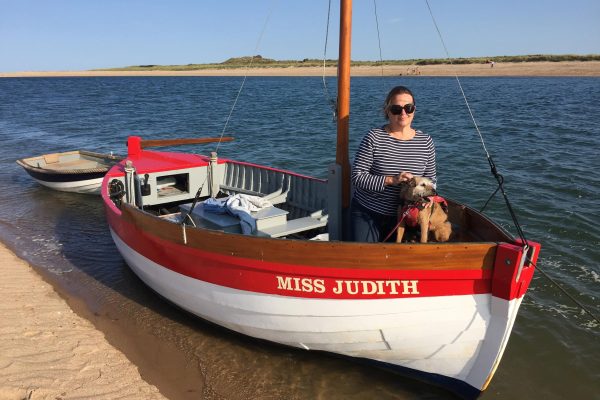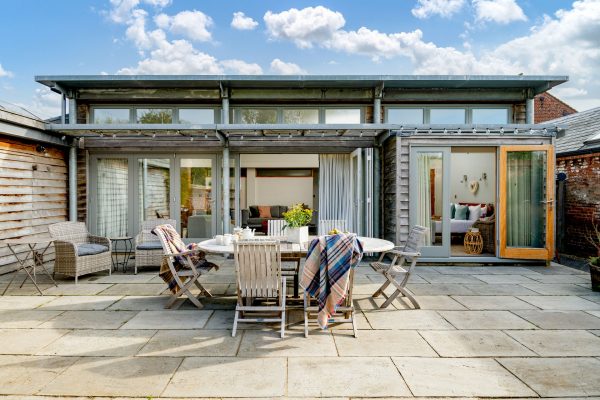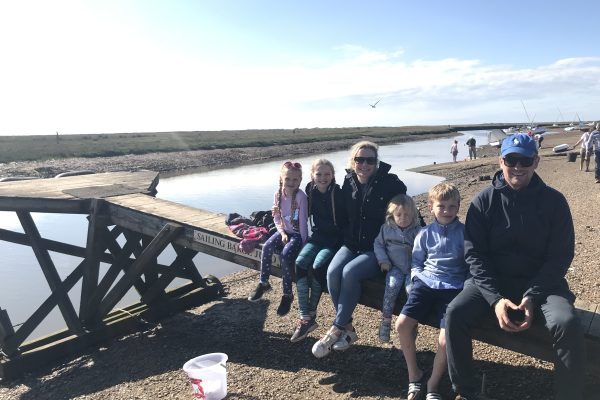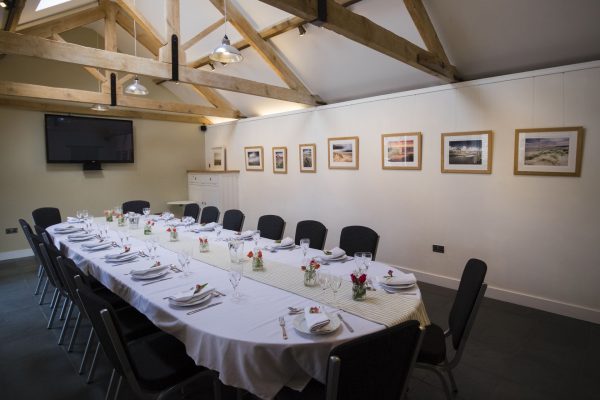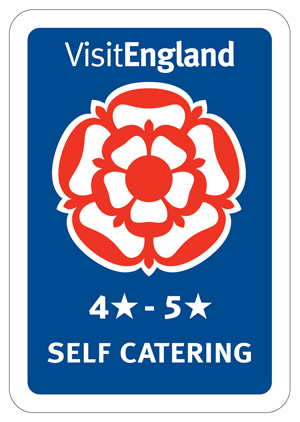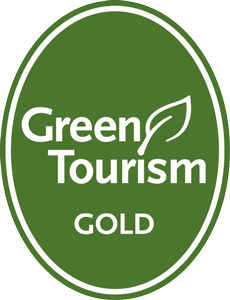Being situated in North Norfolk, we are extremely lucky to have a number of nature reserves nearby, making our holiday cottages the perfect destination for nature lovers. We also know that the autumn and winter months are an excellent time to visit the reserves, especially for keen bird watchers. Not only do we have a great variety of resident birds including Marsh Harriers, Bitterns, Avocets and Oyster Catchers, the reserves also become packed with winter migrants including Brent and Pink Footed Geese, the Black-tailed Godwit, Fieldfares, Redwings and Bramblings.
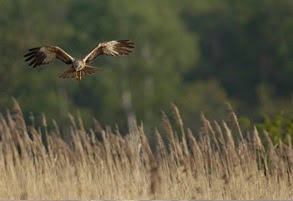 |
| Marsh Harrier hunting over local arable land |
There isn’t a day that currently goes by where we don’t see or hear a flock of geese flying over us and we know, from reading updates via the social network sites, that the migratory birds are arriving and settling into the reserves on a daily basis.
We offer the perfect sanctuary after a long day outside, braving the elements. Our warm, cosy, open plan cottages have been designed to make you feel at home the instant you walk through the door. The living room space invites you to put your feet up and relax and our large beds are so comfortable, we guarantee a good night’s sleep. We also have a heated, indoor swimming pool on site, which is always a welcoming place to thaw out those frozen, numb toes!
So, dig out your thermals and waterproofs, scrub down your walking boots, clean up your binoculars and rummage around in the back your kitchen cupboard for that Thermos flask. It’s time to book into one of our luxury cottages and explore the Great British Wildlife at some of these popular spots.
Sculthorpe Moor
We had to start with our neighbour, Sculthorpe Moor, which is situated approximately 2.5 miles from our cottages. This reserve is owned by the Hawk and Owl Trust, a charity that’s dedicated to conserving owls and other birds of prey, in the wild.
The 45 acre reserve has woodland, fen and reedbed habitats and offers a rich variety of wildlife. Throughout the year you can enjoy spotting wildlife such as tawny and barn owls, willow and marsh tits, kingfishers, tree creepers and water and bank voles. During the autumn and winter months you can find bramblings, water rails, siskins and roosting harriers too.
Between October and March the reserve is open from 8am – 4pm, Tuesday to Sunday. All families are welcome to enjoy the reserve – a voluntary donation of £3.50 is suggested from adult visitors.
For full details visit http://hawkandowl.org/sculthorpe/about-sculthorpe/
Pensthorpe Wildlife & Gardens
Okay, so Pensthorpe could possibly be seen as more of an attraction, but we had to include it for the work this place does. This fabulous reserve covers over 200 acres and is nationally renowned for it’s conservation projects on Red Squirrels, Corncrakes, Turtle Doves and Cranes and is also nationally recognised as a breeding site for several species of birds, butterflies, insects and mammals.
Pensthorpe also works extremely hard to encourage children to discover nature and how they can respect and protect our natural surroundings and wildlife for their future. Interactive activities such as pond dipping, den building and going on an interactive bug walk, all educate the children and help them experience nature first hand.
This year, Pensthorpe also opened up their new adventure play area WildRootz. This adventure play area has been designed to encourage children to play and explore in natural habitats such as woods, fields and streams. It’s adventure play, nature’s way!
For full details of opening times and admissions visit www.pensthorpe.com
Cley Marshes
Cley Marshes is owned by the Norfolk Wildlife Trust and is their oldest (it was purchased in 1926) and best known nature reserve. In fact, it actually provided a blue print for nature conservation, which has now been replicated across the UK.
The reserve includes a shingle beach and several lagoons, along with a grazing marsh and reedbed. It supports large numbers of wintering and migrating wildfowl and waders and is home to residents including the bittern, marsh harrier and bearded tit.
The visitor centre looks across the marsh to the sea and the views are truly breathtaking.
For more details visit http://www.norfolkwildlifetrust.org.uk/cley.aspx
Titchwell Marsh
This popular RSPB reserve takes you past reedbeds and shallow lagoons, before you reach a sandy beach.
There are four birdwatching viewing points, all of which are wheelchair accessible, where you can watch an array of birds including Water Rails, Bitterns, Bearded Tits, plus variety of Waders, Terns and Ducks.
There is something for everyone at this reserve, even the children are encouraged to find different species of birds, insects and animals during their walk and if they find everything on their list, there’s a little prize to collect from the visitor centre.
Titchwell Marsh is open all year round and full details can be found at http://www.rspb.org.uk/reserves/guide/t/titchwellmarsh/index.aspx
Blakeney Point Nature Reserve
One final thing we must mention before we go, is the seal colonies around Blakeney Point.
Blakeney Point is a four-mile-long sand and shingle spit and is home to colonies of Grey and Common Seals. It is also one of the most important sites in Europe for breeding terns.
 |
| Grey Seal Pup basking in the winter sun |
Although the seals can be seen throughout the year, Grey Seals have their pups between November and January and Common Seals have their young between June and August. The best way to view the seals in their natural habitat is by taking a boat trip either via Morston or Blakeney Quay. This is a fantastic experience for all the family as it allows you to enjoy a close view of the wildlife without disturbing it.
Blakeney Point sits within the Blakeney National Nature Reserve. The reserve itself is made up of saltmarsh, mudflats and fresh watermarsh and hosts a diverse range of special wildlife.
More details about boat trip operators and the reserve itself can be found at http://www.nationaltrust.org.uk/blakeney/visitor-information/

